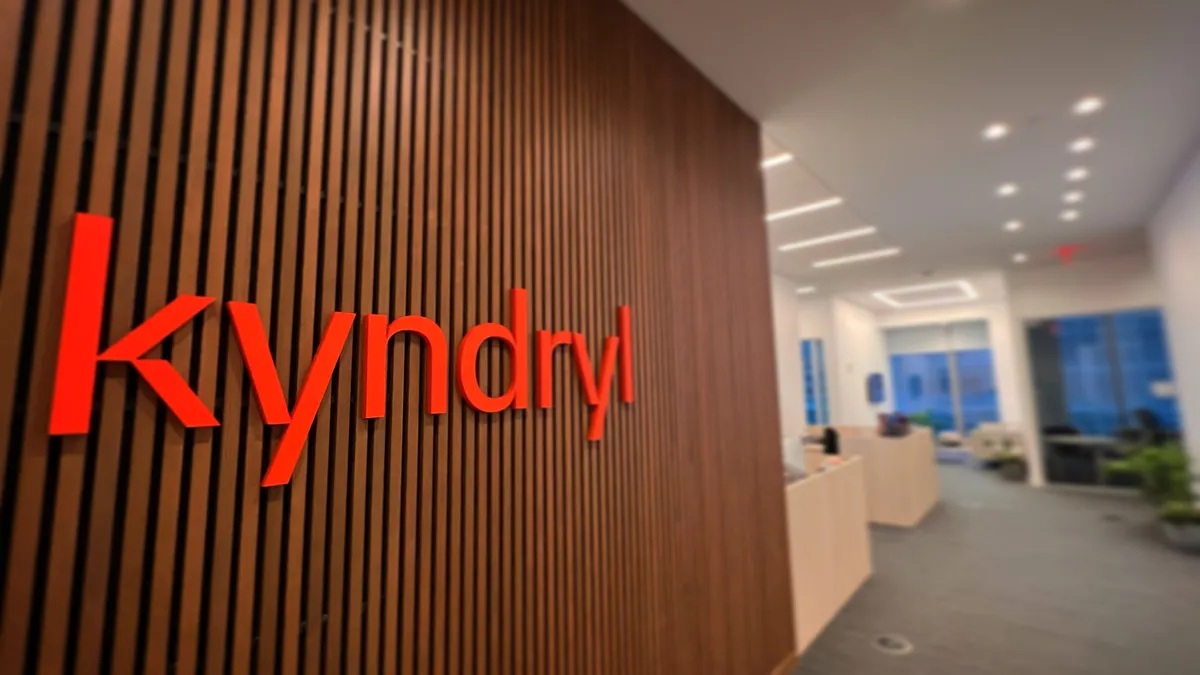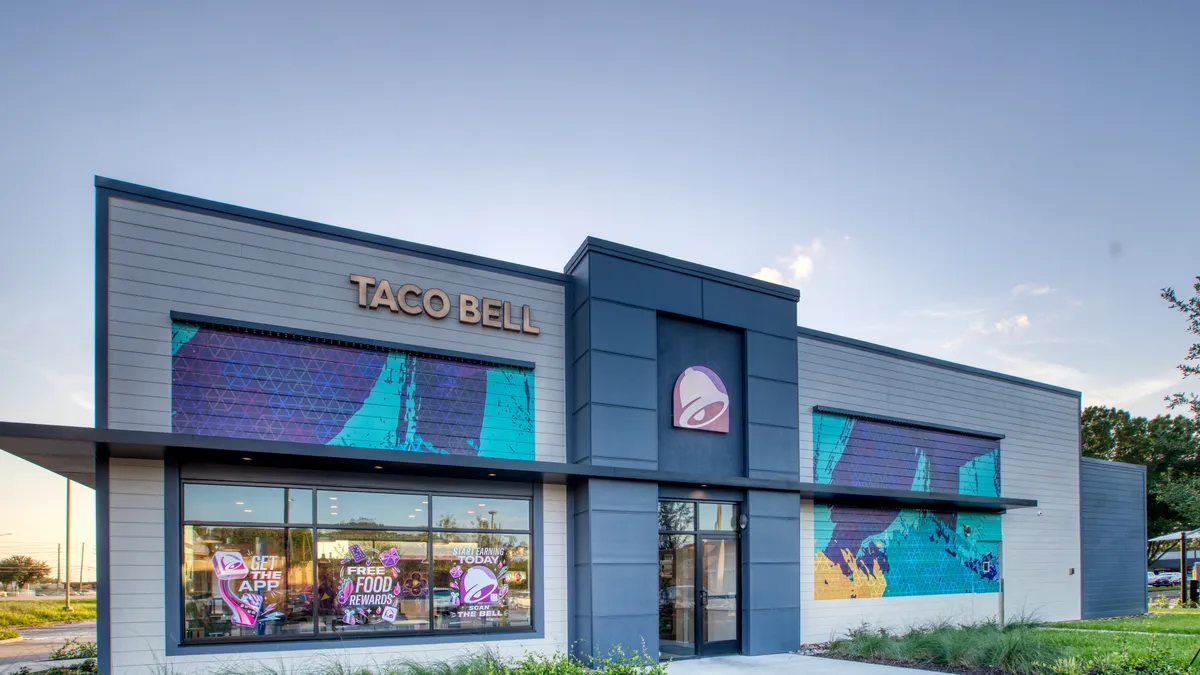Teams whiteboard for ideation, drawing nuance out of an overarching theme, technology or decision tree.
A step up from the chalkboard, improvements come in the form of advancements to cleaning technology, pens or component materials; fancy whiteboards are glass, not uniform white. There's even whiteboard paint to turn a wall into a collaborative dreamscape.
Without access to real-time, in person meetings, digital technologies can offer replacements and create new paths for collaboration. What's important for knowledge workers in a remote setting is the ideation, brainstorming and collaboration process isn't lost.
The basics of human cognition haven't changed; "I think the need to externalize cognition is always going to be there," said Anita Williams Woolley, associate professor of organizational behavior and theory at Carnegie Mellon University's Tepper School of Business.
In group work, it's "incredibly important" to create a type of boundary object so people can see and organize thoughts or ideas, Woolley said.
Whether it's real-time document collaboration, digital whiteboards or project management offerings, collaborative teams require tools to connect individual ideas to larger group work.
High-performing companies are more focused on people strategies and provide staff with a clear vision on transformation, according to PwC research. Though a pandemic can stagnate business operations, differentiation and long-term success comes from accelerating innovation and project execution, even with limited resources.
Team collaboration 101
Early in the pandemic, when companies sent workers home, determining how to continue operations fell to the CIO and IT department.
The first concern was, "how are people going to communicate," said Jenna Cline, head of IT strategy and planning at Atlassian, a software company focused on collaboration and project management. A lot of focus has been on communication and collaboration.
"That was the most pressing need and teams needed to get over that hurdle," said Cline. Long term, the world might not change, and organizations want to keep using the lessons learned to collaborate about work.
As businesses establish new norms, they need to think through people and process. "We can't always lift and shift a process to digital."

Jenna Cline
Head of IT strategy and planning at Atlassian
"In tech in general, we're big whiteboard users," said Cline. There's no learning curve, it's cheap and visual, and allows teams to quickly iterate.
The challenge is not just trying to solve problems by replicating what was used in the old world.
It comes down to "people, process, technology," Cline said. As businesses establish new norms, they need to think through people and process. "We can't always lift and shift a process to digital."
Inherently, the underlying tools for collaboration aren't as important as what steps they represent.
"If you don't try to replicate a whiteboard and you just think about why you need one, there are tools out there to do that," Cline said. "Sooner or later a whiteboard has to be translated to a digital document."
The digital whiteboard
There is already movement toward electronic options for whiteboards.
A truly agile team, or one immersed in DevOps, is aflutter with sticky notes and whiteboards and iteration, visualizing a project workflow and the obstacles along the way. For remote teams, software is an alternative for the dissemination of physical information.
"Enterprise agile planning tools are used for taskboards, virtual whiteboards for modeling and real-time dashboards for progress charts," said Peter Hyde, senior director analyst at Gartner, in a research note on best practices for "remote agile teams," released in April. (He also highlighted the need for proper attire to establish a work mindset. At minimum, a "work mullet" of professional garb on video screens).
Already, it's "archaic" to think of physical proximity.

Pete Lim
Principal agile coach at Miro
Outside the SaaS heroes of the pandemic — video conferencing, chat platforms and file sharing — Hyde highlights virtual whiteboards as an application that supports remote team collaboration.
"Miro and MURAL are very popular, along with Bluescape and Microsoft Whiteboard," Hyde said. "If tool approval is challenging, then co-edit a shared slide in Microsoft PowerPoint or Google Slides."
The rise of digital collaboration
As remote work became more common, pre-pandemic tools were already evolving toward the digital realm. COVID-19 just forced companies to move faster.
Already, it's "archaic" to think of physical proximity, said Pete Lim, principal agile coach at Miro, a digital whiteboard creator.
The whiteboard will never fully become obsolete because some people are better visual thinkers, though some are fine manipulating digital rather than physical assets, Lim said. When teams can't be in the same room, they require a replacement.
It becomes lucrative to rethink when and how to collaborate. In the same way, the pandemic spotlighted when it's best to just email, rather than virtually meet. (Meeting fatigue is a real threat, too).
"These current ways of being distributed and working will never fully replace humans as communal beings," said Lim. There's still nothing like being in the same room with someone, and sensing tone or seeing nonverbal communication.
There "has to be a balance between working, getting work done and creating together" but also getting together in space and time to create relationships, Lim said.






















